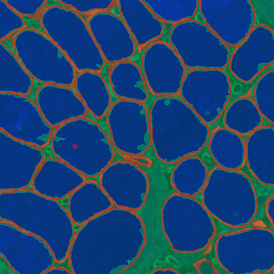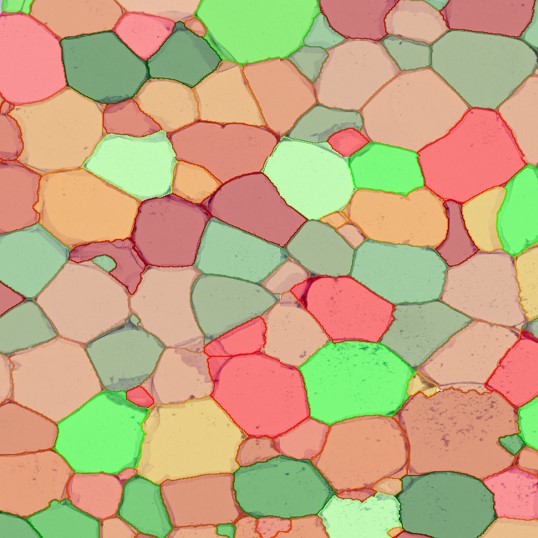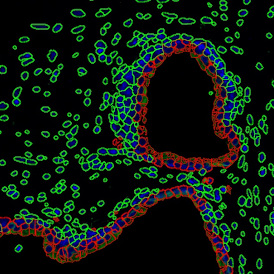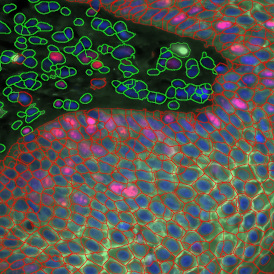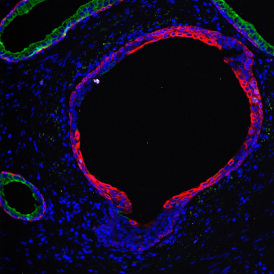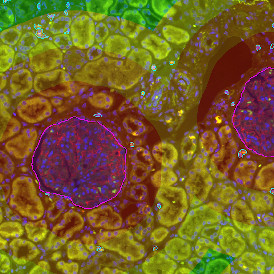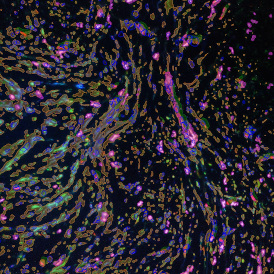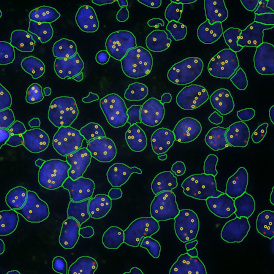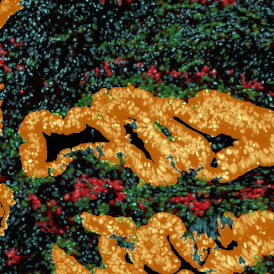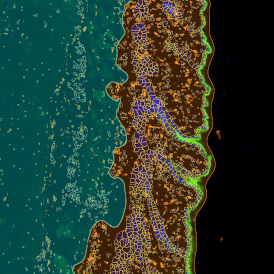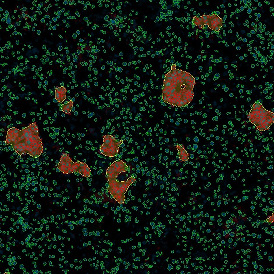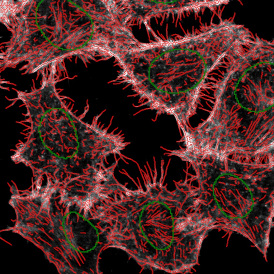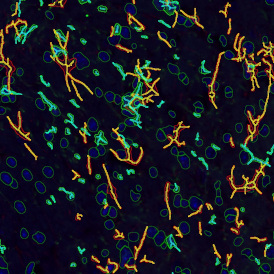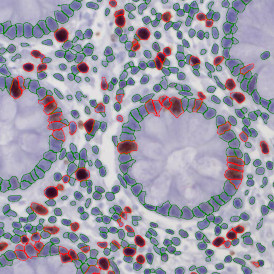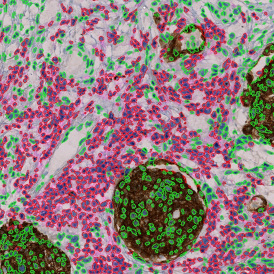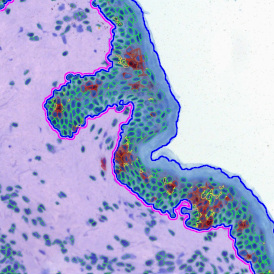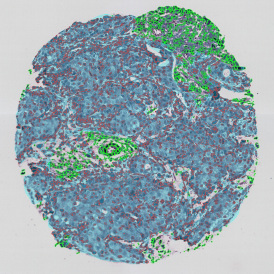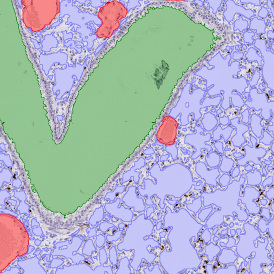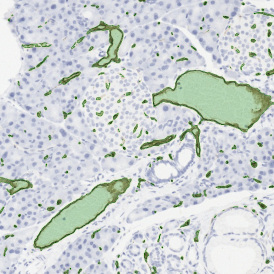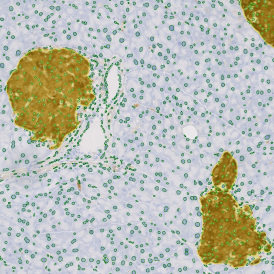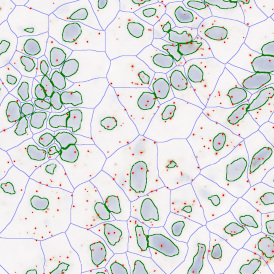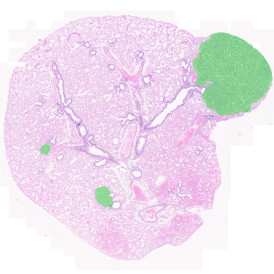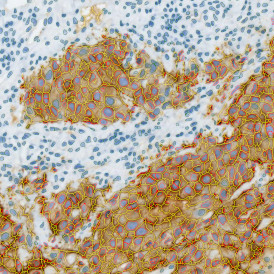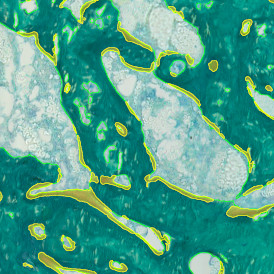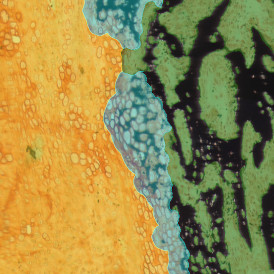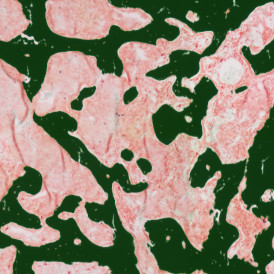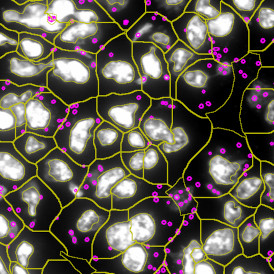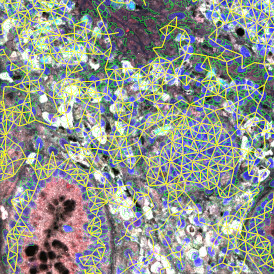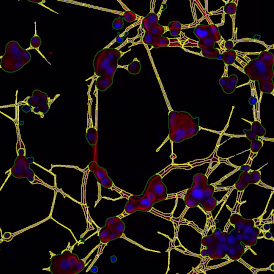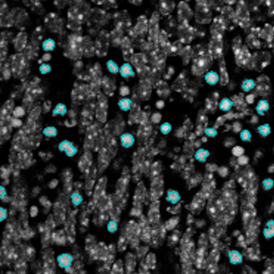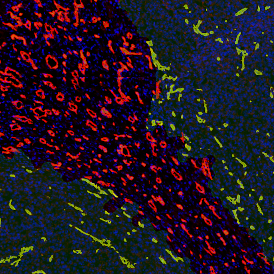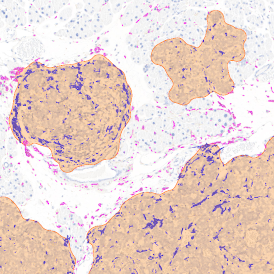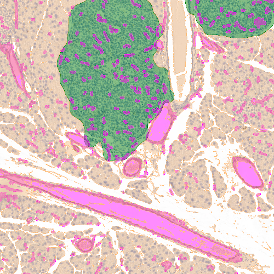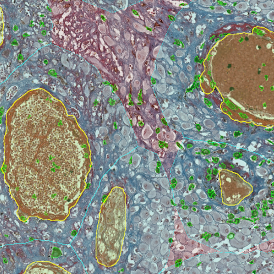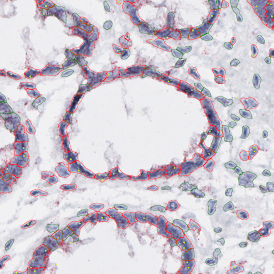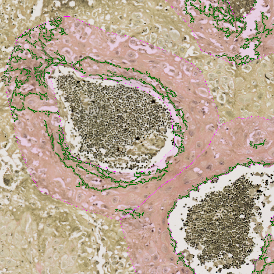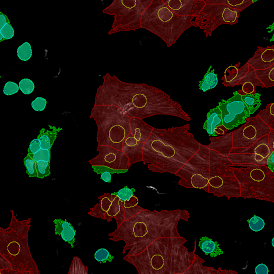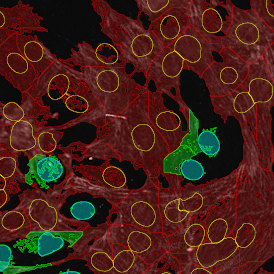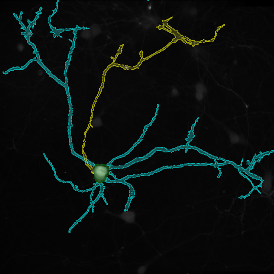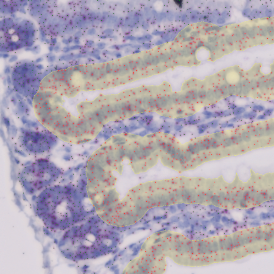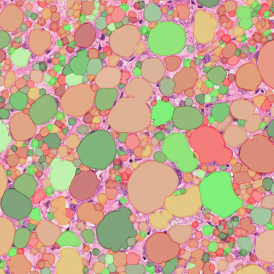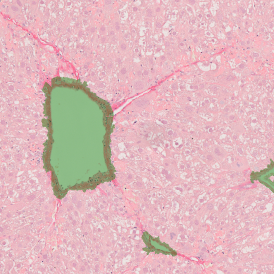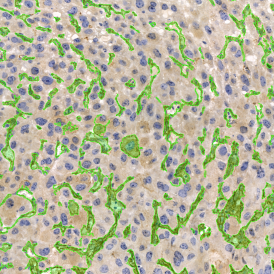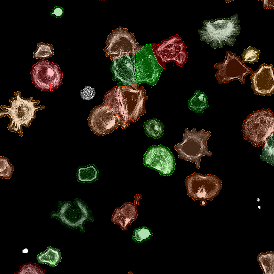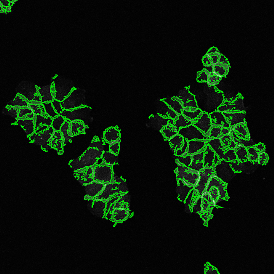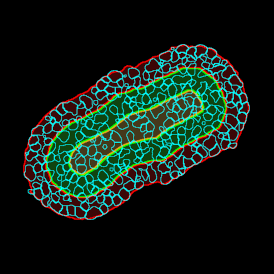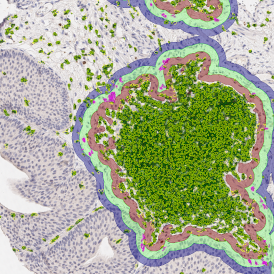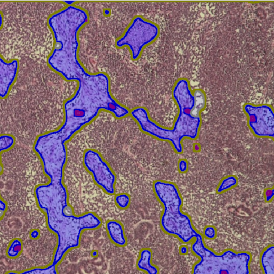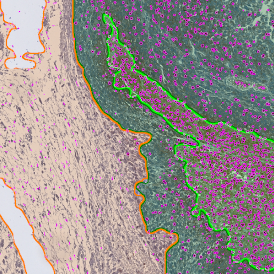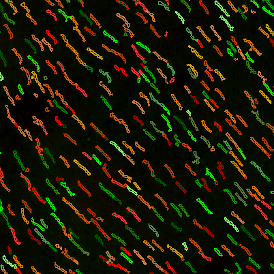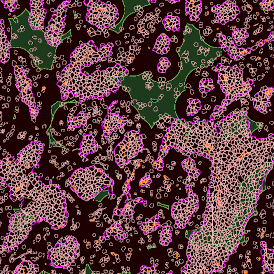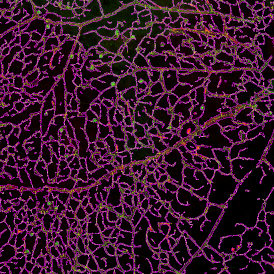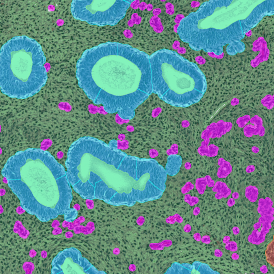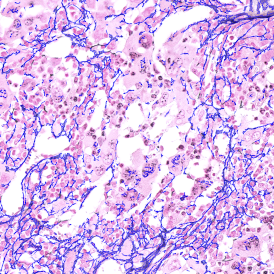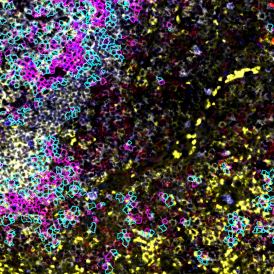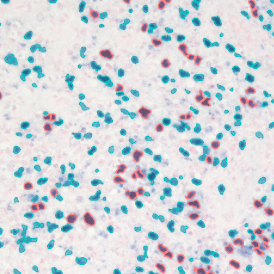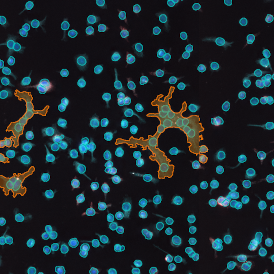06 FEB
February 6, 2022
Using FISH Evaluations to Detect Genetic Aberrations in Medicine
Fluorescence in-situ hybridization (FISH) is a cytology method that uses a hybridizing DNA probe and either direct or indirect labeling to detect genes of interest or genetic abnormalities in cells resulting from gene fusion or an incorrect number of chromosomes. 1
FISH is now a routine method in research and pathology for its excellent accuracy in detecting genetic abnormalities in samples and is used as a tool for personalized medicine – where treatments are tailored to the individual's genetic code and gene expression profile. 2 There are also many variations of the technique, such as Q-FISH, COD-FISH, and Raman-FISH, that have specific functions and applications, such as quantifying gene numbers and protein amounts. 1
FISH Protocol
The FISH method uses fluorescent labels that attach to a particular DNA sequence in a set of chromosomes. When the DNA probe used in the FISH evaluation attaches to the location of interest, hybridization occurs, and the fluorescent labels can then be detected using microscopy.
While some sample treatment and denaturation are needed in FISH evaluations, one of the advantages is that this method does not require cell culturing, making it relatively quick to perform. As well as for medical diagnostics, FISH evaluations have been used to map genes in human chromosomes and have also played an important role in providing information for the Human Genome Project. 3
FISH Evaluations
As FISH is a fluorescence labeling technique that is usually combined with fluorescence microscopy, the success of FISH for detecting genetic aberrations is dependent on the quality of the images as well as the follow-up analysis.
Even with specific fluorescent markers, understanding the microscope image composition can be challenging due to the volume of content in cytometry. TissueGnostics' StrataQuest software can help with this with the innovative image analysis apps .
StrataQuest
StrataQuest is the contextual image analysis solution developed by TissueGnostics. It can be used for the analysis of various stainings, including FISH, with a series of Apps. For FISH evaluations, the IF Dots APP can be used for the automatic identification of FISH-stained genes within nuclei.
The fluorescent markers in FISH evaluations light up as small dots, and so the IF Dots APP can perform the necessary image analysis to differentiate the location and types of genetic aberrations detected within the FISH evaluation process.
The App can identify the number of dots on each cell for multiple markers and automatically present the data in an easy-to-read viewing table for up to 16 different parameters. This data can also be exported in a variety of formats for compatibility with other programs.
While standard FISH evaluation is not generally considered a high-throughput technique, StrataQuest Apps, with its high degree of automation, can help by reducing the time period needed in getting your pathology information.
TissueGnostics
TissueGnostics' StrataQuest software is designed to help you fully exploit the power of FISH evaluations in your workflows in a straightforward and automated way. Contact TissueGnostics today to find out how FISH evaluations can support your clinical or research work and what Apps will be suitable for your needs. TissueGnostics can also provide custom apps on request.
References and Further Reading
- Ratan, ZA, Zaman, S. Bin, Mehta, V., Haidere, MF, Runa, NJ, & Akter, N. (2017). Application of Fluorescence In Situ Hybridization (FISH) Technique for the Detection of Genetic Aberration in Medical Science. Cureus, 9(6). https://doi.org/10.7759/cureus.1325
- Hu, L., Ru, K., Zhang, L., Huang, Y., Zhu, X., Liu, H., Zetterberg, A., Cheng, T., & Miao, W. (2014). Fluorescence in situ hybridization (FISH): An increasingly demanded tool for biomarker research and personalized medicine. Biomarker Research, 2(1), 1–13. https://doi.org/10.1186/2050-7771-2-3
- Volpi, EV, & Bridger, JM (2008). FISH glossary: An overview of the fluorescence in situ hybridization technique. BioTechniques, 45(4), 385–409. https://doi.org/10.2144/000112811
Are you also interested in a demonstrative case study on FISH image analysis ?
or in How FISH Image Analysis Factors into Next-Gen Digital Pathology ?

